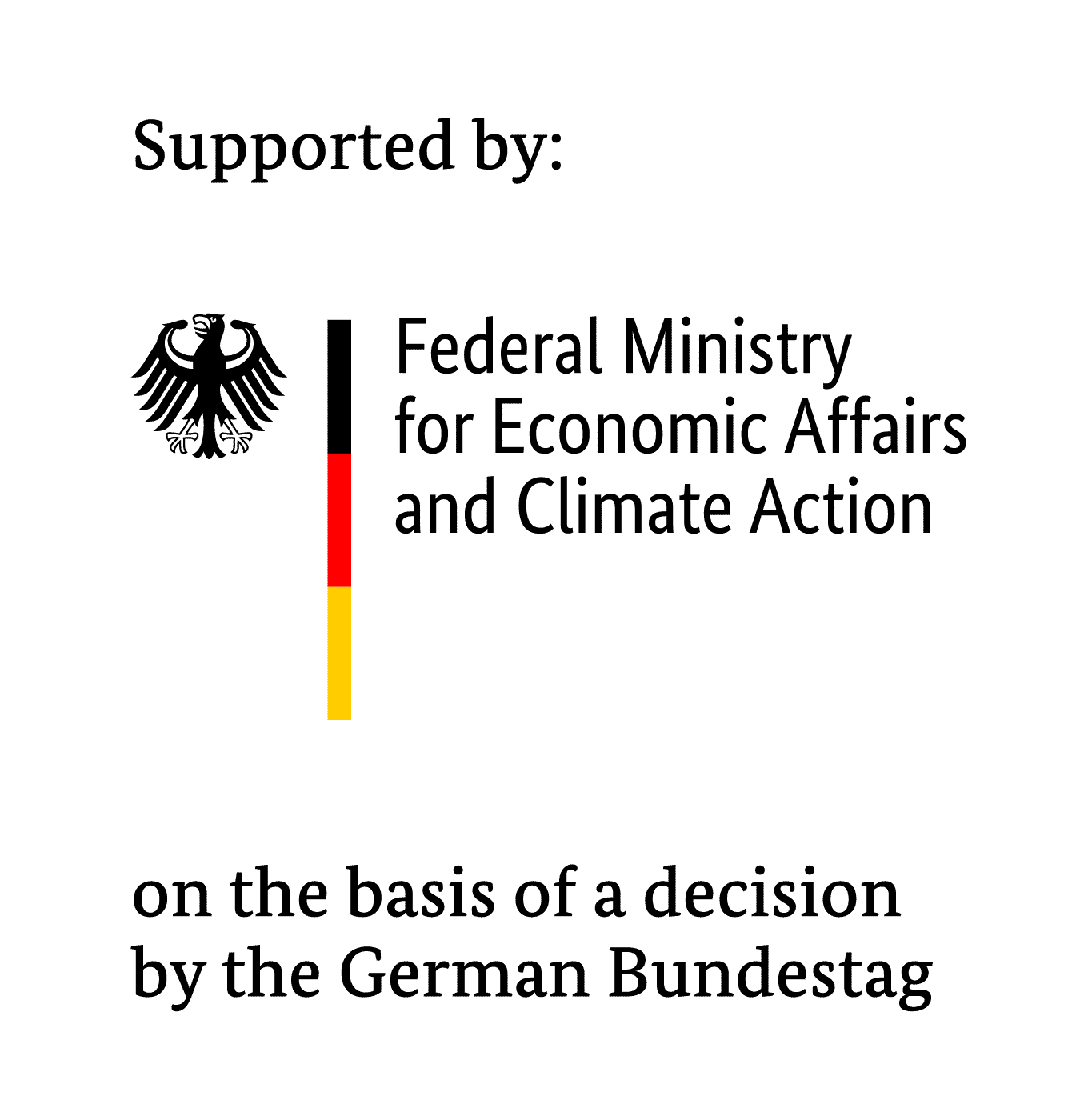Projectname:
Systematic analysis of the separation of the components of barrier packaging for material recycling with regard to the fulfillment of the required recycling quotas
Workgroup: Packaging materials
Scientific Partners and Guidance:
IGF: 20082
Financing: BMWi
Duration: 2018 – 2019
Composite packaging is an important concept for protecting sensitive foods, cosmetics or technical products for a long time. The current food economy would be inconceivable without these materials as they allow for both long shelf life and long transport distances. Composite materials are based on the combination of the positive properties of different materials, often in a layered structure.
However, this combination of different materials complicates the recycling of the packaging. Polymerbased composite packaging materials are therefore primarily used in the recycling process of post-consumer packaging waste for the recovery of energy. In addition, contamination of material to be recycled fractions by composite packaging takes place. From these, they must be separated in a further sorting step and subsequently also utilized energetically. If the composite packaging or the composite components can not be separated sufficiently, a reduction in the quality of the recycled material is to be expected.
The Packaging Act, which came into force in May 2017 and enters into force in 2019, sets charges for the marketing of non-recyclable packaging and a quota of 63% (from 2022) for the mechanical recycling of plastics. In order to increase the current 45% (2015 figures) to 63%, new technologies and innovations are necessary, both in terms of the construction of multilayer packaging and in terms of suitable recycling technologies. As the proportion of composite packaging is steadily increasing, its recycling, in addition to innovations in sorting and plant technology, provides a set screw to meet the required quotas.
The AiF project, which was launched in April 2018, aims to effect a targeted separation of market-relevant composite structures. to enable a subsequent material recycling of the components. To this end, representative composite structures are selected in consultation with packaging manufacturers and deliberately brought to delamination by the use of solvents. The procedure initially involves a material screening phase in which potential intermediate layers (primarily laminating adhesives) are determined and, on the other hand, the solubility and swelling behavior of these and other common material layers (for example EVOH) is investigated in a targeted manner. The project is initially carried out by testing the methods on a laboratory scale and then implementing them on a small-scale.

The IGF project presented here by the Research Association of the Industrial Association for Food Technology and Packaging (IVLV e.V.) is funded by the Federal Ministry for Economic Affairs and Climate Action as part of the program for the promotion of industrial community research (IGF) based on a decision of the German Bundestag.